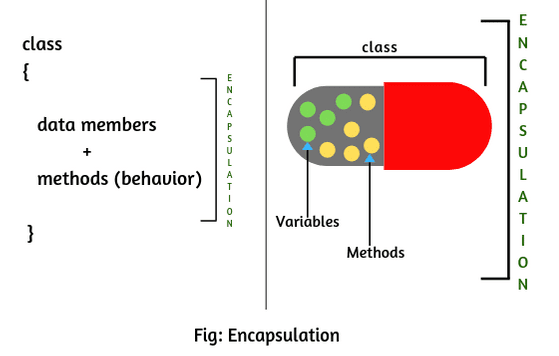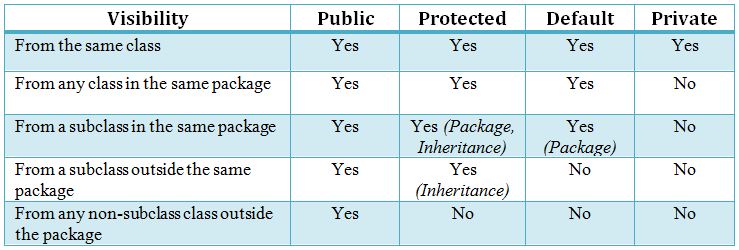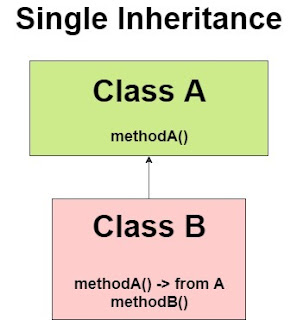Encapsulation in Java

What is encapsulation? Encapsulation is defined as the wrapping up of data under a single unit. It is the mechanism that binds together code and the data it manipulates. Other way to think about encapsulation is, it is a protective shield that prevents the data from being accessed by the code outside this shield. Technically in encapsulation, the variables or data of a class is hidden from any other class and can be accessed only through any member function of own class in which they are declared. As in encapsulation, the data in a class is hidden from other classes using the data hiding concept which is achieved by making the members or methods of class as private and the class is exposed to the end user or the world without providing any details behind implementation using the abstraction concept, so it is also known as combination of data-hiding and abstraction. . Encapsulation can be achieved by: Declaring all the variables in the clas...

